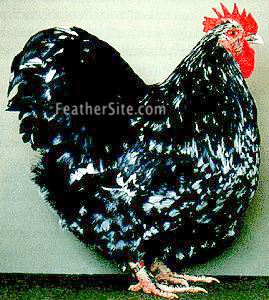There seems to be some newfound interest in this relatively rare color of Orpington (in the United States), I figured I would start this thread in hopes of creating a place where breeders could come together and discuss the genetics behind this variety and their projects, share pictures of their birds, etc.

I currently have a flock of pure Imported English Blue, Black and Splash Orpingtons. I plan on adding the Mottled variety sometime next year (hopefully) and I personally will be breeding towards the British SOP, eventually working with Black and Blue Mottled Orps. I also was considering a Chocolate Mottled project as well.

Let's discuss!


I currently have a flock of pure Imported English Blue, Black and Splash Orpingtons. I plan on adding the Mottled variety sometime next year (hopefully) and I personally will be breeding towards the British SOP, eventually working with Black and Blue Mottled Orps. I also was considering a Chocolate Mottled project as well.

Let's discuss!


Last edited:





